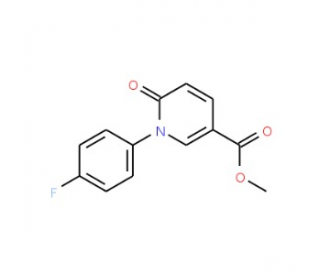详细说明
- Purity>95%, by SDS-PAGE with silver staining
- Endotoxin Level<0.10 EU per 1 μg of the protein by the LAL method.
- ActivityMeasured by its ability to bind fluorescein-conjugated E. coli Bioparticles. Sankala, M. et al. (2002) J. Biol. Chem. 277:33378. The ED 50 for this effect is 0.3-1.2 μg/mL.
- SourceMouse myeloma cell line, NS0-derived
Mouse Mindin
(Gln26-Val330)
Accession # Q8BMS2HP GGGSGGGSGGGS HHHHHH N-terminus C-terminus - Accession #
- N-terminal Sequence
AnalysisGln26 - Predicted Molecular Mass35 kDa
- SDS-PAGE38-47 kDa, reducing conditions
| 8500-SP | | |
| Formulation Lyophilized from a 0.2 μm filtered solution in PBS. | ||
| Reconstitution Reconstitute at 250 μg/mL in PBS. | ||
| Shipping The product is shipped at ambient temperature. Upon receipt, store it immediately at the temperature recommended below. | ||
| Stability & Storage: Use a manual defrost freezer and avoid repeated freeze-thaw cycles.
|
Mindin is essential for initiating innate and adaptive immune responses. It has been shown to be a pattern recognition receptor for bacterial pathogens and function as an opsonin for macrophage phagocytosis of bacteria (1, 2). Mindin also binds directly to influenza virus particles and is necessary for macrophage-dependent clearance of influenza viruses from the nasal cavity (3). In addition, Mindin serves as a ligand for leukocyte integrins (1). It is critical for T cell priming and recruitment of macrophages and neutrophils to sites of inflammation (4, 5). Mindin also regulates trafficking of eosinophils and granulocytes into the airspace and plays a role in the development of allergic airways disease (6, 7). Outside the immune system, Mindin has been shown to promote adhesion and outgrowth of hippocampal embryonic neurons, and to be an important mediator of brain ischemic injury and cardiac hypertrophy (8-11). Furthermore, it has been suggested that Mindin can serve as a marker for prostate and ovarian cancer, as well as diabetic nephropathy (12-14).
- References:
- Li, Y. et al. (2009) EMBO J. 28:286.
- He, Y.W. et al. (2004) Nat. Immunol. 5:88.
- Jia, W. et al. (2008) J. Immunol. 180:6255.
- Li, H. et al. (2006) EMBO J. 25:4097.
- Jia, W. et al. (2005) Blood 106:3854.
- Li, Z. et al. (2009) J. Leukoc. Biol. 85:124.
- Tighe, R.M. et al. (2011) J. Allergy Ther. 2011 (Suppl. 1). pii: 001.
- Feinstein, Y. et al. (1999) Development 126:3637.
- Yan, L. et al. (2011) Cardiovasc. Res. 92:85.
- Bian, Z.Y. et al. (2012) J. Mol. Med. (Berl.) 90:895.
- Wang, L. et al. (2013) Exp. Neurol. 247:506.
- Simon, I. et al. (2007) Gynecol. Oncol. 106:112.
- Murakoshi, M. et al. (2011) Exp. Diabetes Res. 2011:486305.
- Lucarelli, G. et al. (2013) J. Urol. 190:2271.
- Entrez Gene IDs:10417 (Human); 100689 (Mouse)
- Alternate Names:Differentially expressed in cancerous and non-cancerous lung cells 1; DIL1; DIL-1; DIL1FLJ34460; DKFZp686G21139; FLJ16313; FLJ22401; Mindin; M-SPONDIN; RG-1; SPON2; Spondin 2; spondin 2, extracellular matrix protein; spondin-2












